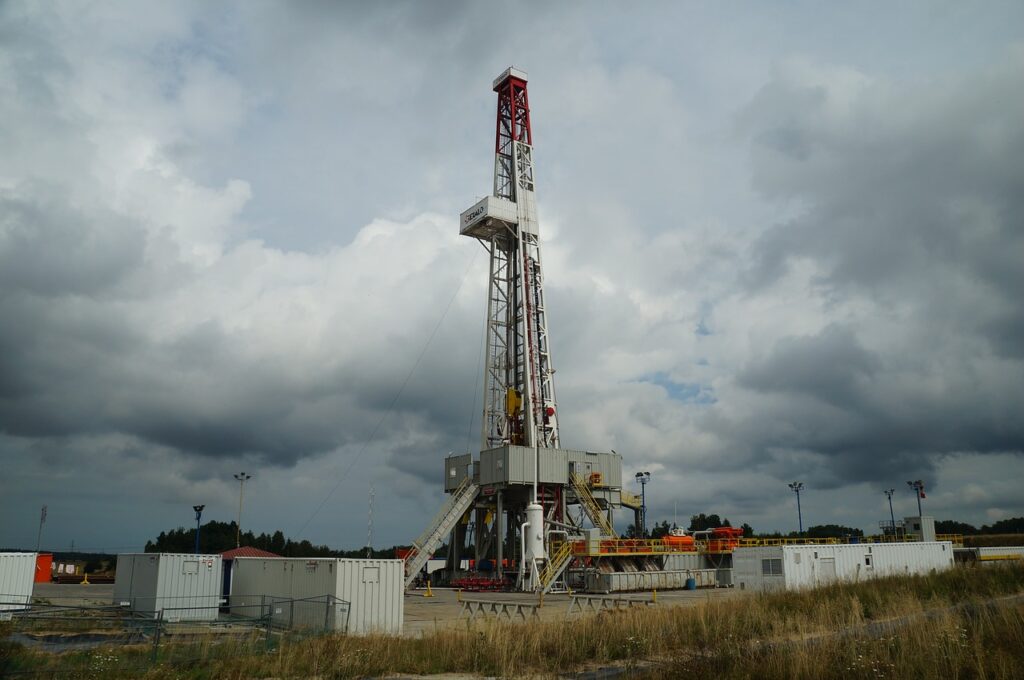The desire to achieve a specific outcome or goal when public health, environment, and economic growth issues collide make environmental policy and regulations a tricky business. The OTA’s Environmental Policy Tools User Guide describes the ideal environmental policy as one that is: 1) cost effective and fair; 2) places the least amount of demand on government; 3) assures the public that goals will be met; 4) addresses pollution potential; 5) ensures environmental equity and justice, 6) prioritizes adaptability; and 7) encourages technological innovation and diffusion. Environmental policies incorporate a system of tools such as legislation, rules and regulations, courses of action, subsidies etc. For a particular policy tool to meet all of the criteria of an ideal policy is difficult, however, it is crucial for some of, if not all, evaluations/guidelines to be considered when narrowing down/deciding on a particular course of action. Additionally, any time there is a proposal to add, remove, or change a rule or regulation, there must be a public notice and comment period. This is an integral component of the rule-making process, because it opens a dialogue between all stakeholders from the public to the industry.
Laws (or acts) such as the Clean Air Act (CAA) or the Clean Water Act, are created by the legislative branch at the federal level (the U.S. Congress) and grant regulatory agencies within the executive branch (i.e. the EPA) the authority to develop and enforce rules and regulations that can carry out the law, as well as provide clear requirements to the industry in regards to that specific law. For example, under CAA Section 202 the endangerment finding states that: 1) green house gasses (GHGs) currently in the atmosphere potentially endanger public health and welfare and 2) new motor vehicle emissions cause or contribute to that pollution. Due to these findings the EPA has a duty to put in place emission standards for new motor vehicles, which were announced in 2009 by former President Obama (EPA, “Endangerment and Cause or Contribute Findings for Greenhouse Gases Under Section 202(a) of the Clean Air Act; Final Rule,” 74 Federal Register 66496, December 15, 2009). Amongst other benefits to the environment, the new emission standards help to encourage technological advancement in the automotive industry.
The endangerment findings also apply to stationary sources of air pollution (under Section 111) such as CO2 emissions from new coal fired power plants as well as methane and VOC (volatile organic compound) emissions from the oil and gas industry. As of May 12, 2016 the EPA updated the New Source Performance Standards (NSPS) permitting rules that aimed to curb methane emissions, volatile organic chemicals (VOCs), and other toxic air pollutants (i.e. benzene). This rule was finalized on June 3, 2016 and included changes made based on information gathered during the public comment period such as the fixed schedule monitoring of leaks instead of one that varies with performance, twice a year monitoring for well sites, quarterly leak monitoring for compressor stations, use of alternative approaches to finding leaks, and the opportunity to use emerging and innovative technologies to monitor the leaks.
Trump’s ascension to the oval office with his former EPA Administrator Scott Pruitt (who resigned July 5, 2018) have set out to change several Obama-era rules and regulations as well as to shift the focus from curbing GHGs and toxic air pollutants to relaxing restrictions and minimizing environmental red tape for industry. Proposals were set in motion on March 31, 2017 with Trump’s Executive Order on Promoting Energy Independence and Economic Growth. One such rule that is being battled over is an aspect of 2016 NSPS regarding fugitive emissions from oil and natural gas industry. While under Pruitt’s administrative command in June of 2017, the EPA issued a 90-day stay in an attempt to halt certain aspects of the 2016 NSPS such as requiring oil and gas facilities to find and repair leaks of methane from new facilities such as wells, compressor stations, and tanks. However, the U.S. Court of Appeals for the D.C. Circuit vacated the EPA’s 90-day stay in July of 2017. In March 12, 2018 the EPA finalized an amendment to the rule allowing leaks to go un-repaired during unscheduled or emergency events. This was followed by yet another NSPS amendment that was proposed on September 11, 2018 under the new EPA Administrator Andrew Wheeler, which could potentially weaken standards associated with pollution limits further (the details of which can be found here. The public comment notice period has shed light on a rift in the industry with some industry stakeholders who are supportive of the continued regulation of methane emissions and some who are in support of regulatory rollback. Amongst those who want continued methane regulation are ExxonMobil and Shell. The continued methane regulation for NSPS is step in the right direction because it advances the industry in many ways (i.e. saving money from reducing lost product or creating an innovative market for environmental companies) while also minimizing pollution which benefits the public, the environment, the government and the company in the long run.
Sources
U.S. Congress, Office of Technology Assessment, Environmental Policy Tools: A User’s Guide, OTA-ENV-634 (Washington, DC: U.S. Government Printing Office, September 1995)
U.S. Environmental Protection Agency, “Oil and Natural Gas Sector: Emission Standards for New, Reconstructed, and Modified Sources; Final Rule,” 81 Federal Register 35824, June 3, 2016.
ExxonMobil and Shell lead as counterparts lag on EPA’s first methane rollback proposal (Forbes)
Regulatory rollbacks (Environmental Integrity)
Promoting energy independence and economic growth (Federal Register)
Laws, Policies and Regulations: Key Terms & Concepts (Public Health Law Center)
Clean Air Act Issues in the 116th Congress (Congressional Research Service)


